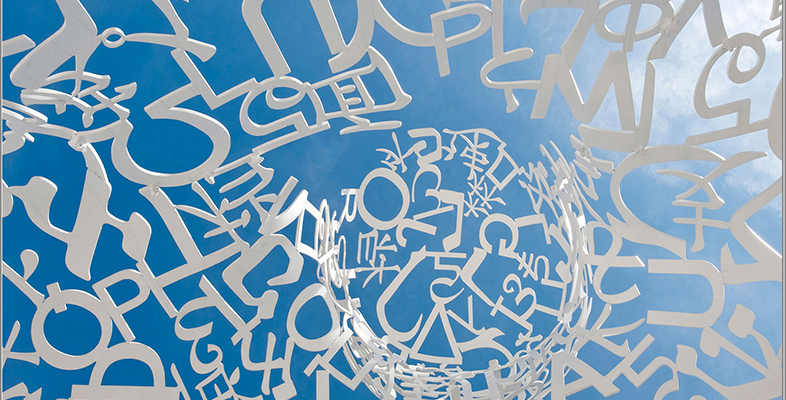5.7 Mediating through ‘transcreation’
Translating literature requires a large amount of creativity on the part of the translator, but there is another area where highly creative approaches to translation are equally in demand: marketing. When creating high-impact promotional content, such as global advertising campaigns, straight translation is rarely enough. Culturally inappropriate translations of marketing material can potentially cost millions. Conversely, a creative approach that is well adapted to the target market can prove very effective and lucrative.
Activity 45
Read the following article, which explains a concept used in the advertising and marketing industries called ‘transcreation’.
Reading 7 Transcreation: why you need it more than translation!
How is it different than translation?
Transcreation refers to the process of taking a message created in one language and conveying it in another. This definition is synonymous with translation; so, what is the difference? Transcreation is a transformation of an overall message which addresses not only written content but also visual design and imagery. Transcreation takes into account the cultural context of a written communication such as an ad, brochure or website. The process requires looking holistically at a message and adapting it to the target audience, while keeping core design elements in place in order to maintain brand consistency and high level messaging between national markets.
Why is it important?
Transcreation is a relatively new term which was coined by the advertising, entertainment and language industries, and has become more well-known only in the past decade. Its origin explains why it refers to translation of marketing material specifically. Marketing material is unique from other translation material because many times it contains elements unique to a culture. Those elements include ideas, puns, cultural references, layout preferences, imagery, coloring, and connotation. There is a lot of nuance and creativity that go into creating marketing pieces, and as the name suggests, transcreation stresses adaptation of all of these elements to make a message meaningful to a particular audience: trans + creation = ‘across’ creation, or ‘beyond’ creation. Creation across borders or beyond borders if you will.
During the process of transcreation the transcreationist may choose to restructure how information is presented in order to make the inherent message of the marketing piece more relevant to the target audience. The original content in the source language is used as a foundation for the transcreated version in another language. Transcreation is similar to asking someone to rewrite something you have written but in their own words. In this case, the words are in a different language and the writer reconstructs the message emphasizing those facts that are most important to a reader in the target language.
A well-known example of transcreation is the Spider-Man comic transcreated for India, in which the American character is re-created as a young Indian boy named Pavitr Prabhakar (a play on Peter Parker). All the elements of the original narrative were also recreated for an Indian context. Even his Spider-man suit was altered to fit with cultural tastes and norms.
What content should be transcreated?
Transcreation services are commonly used for adapting website and advertising content. For common marketing communications, transcreation may include adjusting content for an overseas market on your company’s website, so that it includes only the types of products your company sells in that market. You may also choose to emphasize product features that resonate more with the needs or tastes of the target market. For example, low-power usage may be of particular importance in markets where electricity is expensive; therefore, you may choose to emphasize that feature more in your marketing and advertising copy than you would in North America, where electrical power is still relatively cheap.
Who are the ‘transcreationists’?
Transcreation can often be accomplished by simply having a single transcreationist work directly with a client’s marketing department in order to understand the goals and core messaging the client wishes to achieve. The challenge is finding the right transcreationist for the job. Transcreationists work with language service providers that specialize in transcreation. That provider will be able to identify the individual(s) right for the job. […]
If you are trying to raise the bar in connecting more effectively with your target audience in overseas markets, then transcreation may be a good option for your company.
Make a list of the skills you think someone attempting transcreation might need.
Answer
The following paragraph was originally part of the article you have just read. Did you include any of the skills mentioned here in your list?
A transcreationist must have a background in marketing and/or advertising, and must also have a deep command of the nuances of each language that he/she works in. The transcreationist must understand the industry of the client and be able to apply country-specific marketing tactics to their material. Transcreationists are also highly accomplished copy writers in their native language. Because of their unique skill-set, transcreationists can command a higher hourly rate than translators; and generally, transcreation is considered to be a speciality service because it requires more time ...
